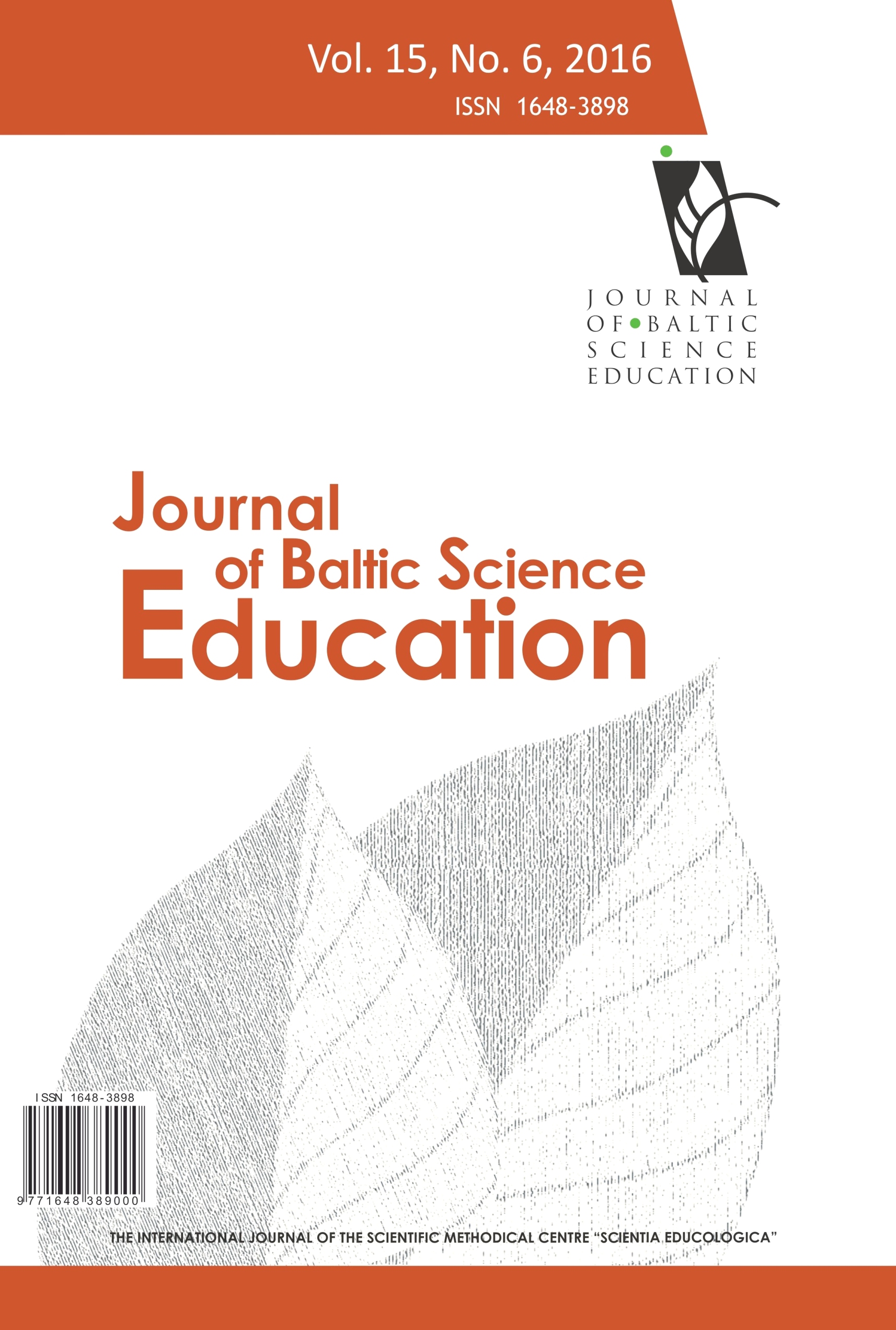PSYCHOLOGICAL DISTANCE AND PRO-ENVIRONMENTAL BEHAVIOR: AN APPLICATION OF BEHAVIOR MODEL TO EMERGING CONTAMINANTS IN HIGHER EDUCATION
PSYCHOLOGICAL DISTANCE AND PRO-ENVIRONMENTAL BEHAVIOR: AN APPLICATION OF BEHAVIOR MODEL TO EMERGING CONTAMINANTS IN HIGHER EDUCATION
Author(s): Shyang-Chyuan Fang, Tai-Kuei Yu, Tai-Yi Yu, I-Cheng ChangSubject(s): Education, Psychology, Pedagogy
Published by: Scientia Socialis, UAB
Keywords: partial least squares; behavioral intention; emerging contaminants; theory of planned behavior; value–belief–norm theory;
Summary/Abstract: To help mitigate and educate the negative impacts of emerging contaminants (ECs), this research tried to realize the environmental attitude and environmental behavioral intention of students in the field of environmental education at higher education level. However, little is known about integration of psychological distance, environmental attitude, behavioral intention and effective teaching strategies on emerging contaminants for undergraduate students within a behavior model. This research proposed a pro-environmental behavior model, integrated with Theory of Planned Behavior (TPB), Value-Belief-Norm (VBN) model and psychological distance to realize causal relationships among latent variables that instructors concerned. In a cross-sectional survey, this research effectively surveyed 851 respondents of five universities in Taiwan through self-report questionnaires. This research utilized bootstrapping manner and Smart-PLS software to identify the crucial relationships between two formative factors (environmental attachment and psychological distance), value and beliefs and behavior intention on ECs. The level of ECs knowledge was treated as a moderator, and results indicated significant moderator effects on environmental attachment toward environmental attitude, and environmental attitude toward behavioral intention. The results provide empirical support for some previous identified barriers to pro-environmental behavioral intention and suggest guidelines for effective pro-environmental behavior on ECs issues.
Journal: Journal of Baltic Science Education
- Issue Year: 15/2016
- Issue No: 6
- Page Range: 759-775
- Page Count: 17
- Language: English

